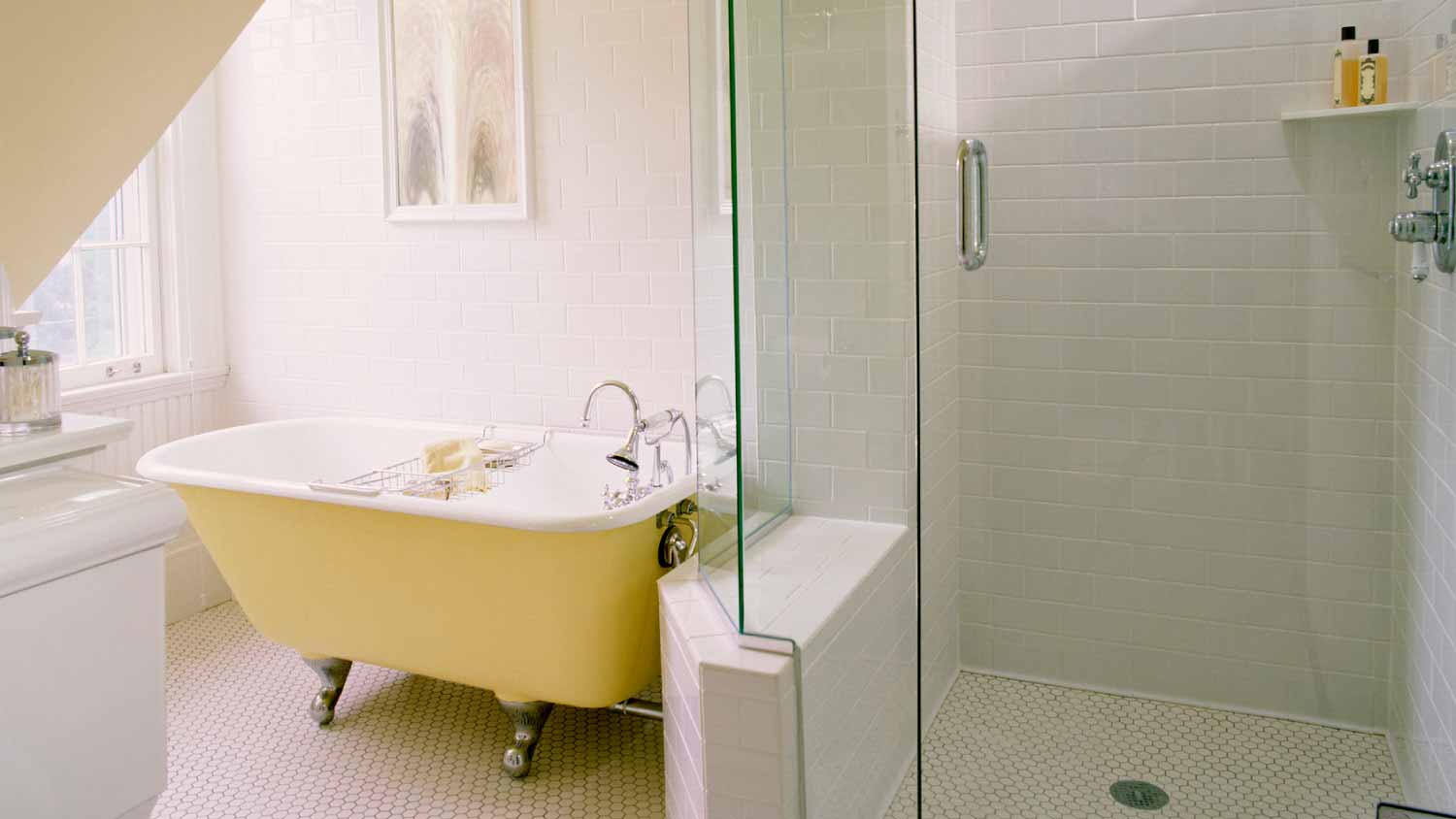
Remodeling your bathroom can add significant value to your home. Your bathroom remodel cost in Columbus, OH will depend on size, fixtures, materials, labor, and other factors.
Insulating your garage door can help lower your heating and cooling bills and make your home a little more comfy


Garages are a true multi-purpose space whether you use yours for storing your vehicle, bikes, and lawnmower or for watching the game on Sunday with your friends. Proper insulation is an important step in keeping out the elements and ensures a comfortable indoor climate in your home no matter what the season. But the garage—especially the garage door—can be the Achilles heel of any well-insulated home.
Let’s discuss the benefits of this home improvement DIY and how you can insulate your garage door on a budget.
Because garage doors are generally made of metal or heavy-duty plastics, they tend to mirror the outdoor temperatures and contribute to climate variability in your garage. If you have an attached garage that shares a wall with at least one room of your home, the garage’s climate spikes can affect the temperature inside.
While door insulation won't turn your garage into an extension of your indoor space temperature-wise, it can lessen the blow of having an unheated or uncooled space attached to your home. According to HomeAdvisor, an insulation update will benefit your power bills.
An added garage door insulation bonus, especially if you live in a busy or high-traffic area, is that it can help block street noise—improving the more intangible comforts of home.
The good news is that this is one home improvement project that won't break the bank, and garage door insulation is relatively inexpensive. Completing this project yourself will cost anywhere from $100 up to around $500, depending on the size of your garage door and the type of insulation you choose.
More expensive types of insulation typically provide better insulating performance. However, if you live in a place that doesn’t have extremely hot or cold seasons, you can save some money by going with a type of insulation that has a lower R-value.
Here are a few more ways to save money on insulating your garage door:
Choose the lowest R-value for your climate. The higher the R-value, the higher the price.
Purchase pre-made kits to insulate your garage door. Kits come with everything you need, from double-sided tape to clips for hanging your insulation.
Measure twice, cut once. Be sure to measure your door panels more than once to prevent cutting mistakes. Insulation that doesn’t fit snuggly won't provide efficient insulation, and you may have to buy replacements.
One important aspect of garage door insulation is the R-value, which refers to the material’s insulating efficiency. Generally speaking, the higher the R-value, the more efficient the insulation. R-values can vary based on thickness, material, and density of the insulation. Keep in mind: the insulation cost tends to go up as the R-value increases.
There are several types of insulation you can use to insulate your garage door, each with different R-values. Here are the most common:
Rigid foam is the most common type of garage door insulation. It is sold as panels and is usually available in kits with enough panels to cover a standard garage door. Installing rigid foam, also called foam board, is a straightforward process for the DIYer and is an affordable option for those on a budget. The cost of rigid foam garage door insulation kits runs between $55 to $125.
Expanded polystyrene: EPS is the most common and generally least expensive garage door insulating material. It has a relatively low R-value, coming in at between 3 and 4.
Extruded polystyrene: EXS has an R-value closer to 5. It’s more rigid than EPS and less water absorbent but also comes with a higher price tag.
Polyisocyanurate: Polyiso has the highest R-value of all the rigid panel insulation, just under 7, but it’s also significantly more expensive.
Fiberglass insulation comes in rolls and is what people typically think about when it comes to insulation. Fiberglass is easy to work with and affordable, but it loses its insulating effectiveness if it gets wet. For this insulation type, you’ll want to wear long pants, long sleeves, and a mask during installation—to avoid breathing in any particles or getting insulation on your skin. The cost for a fiberglass insulation kit with tape and clips is around $100 for a single door.
One potential drawback of fiberglass insulation is that it’s considerably heavier than rigid foam boards. The added weight could possibly spell trouble for your garage door motor and hardware, so proceed with caution and check your door’s manufacturer instructions if you’re considering fiberglass.
Also called thermal barriers, radiant barriers have next to zero R-value, but they make up for it by reducing the amount of heat that actually enters your garage. They’re ideal for warmer climates where summer heat is more of an issue than winter cold. When installed correctly, radiant barriers reflect heat back towards the heat source. Similar in function to the reflective windshield covers that people use in the summer, they essentially bounce the heat right back, preventing it from entering the space. The cost for a radiant barrier garage door insulation kit ranges from $50 to $115, depending on the type of foil.
Insulating your garage door on a budget is easy to accomplish. The low cost of materials and ease of installation make this a perfect budget DIY project, even if you’ve never used the materials before.
From average costs to expert advice, get all the answers you need to get your job done.

Remodeling your bathroom can add significant value to your home. Your bathroom remodel cost in Columbus, OH will depend on size, fixtures, materials, labor, and other factors.

A bump-out addition is right for you if you want to add extra space to your home without adding a new room. Learn about the different bump-out addition costs.

Small kitchen remodels cost $12,750 on average, depending on the materials, size, labor, and more. Read this to calculate your kitchen remodel costs.

Planning a home renovation? Here’s how to avoid common house remodeling mistakes, so you can enjoy a picture-perfect home and save money in the long run.

An updated bathtub can give a bathroom a whole new look. Find out how much it costs to replace a bathtub in Indianapolis, IN, including prices by type and labor costs.

An updated bathtub can give a bathroom a whole new look. Find out how much it costs to replace a bathtub in Los Angeles, CA, including prices by type and labor costs.